I get up early in the morning. Before the sun comes up. My cat insists on this because I can’t …


I get up early in the morning. Before the sun comes up. My cat insists on this because I can’t …
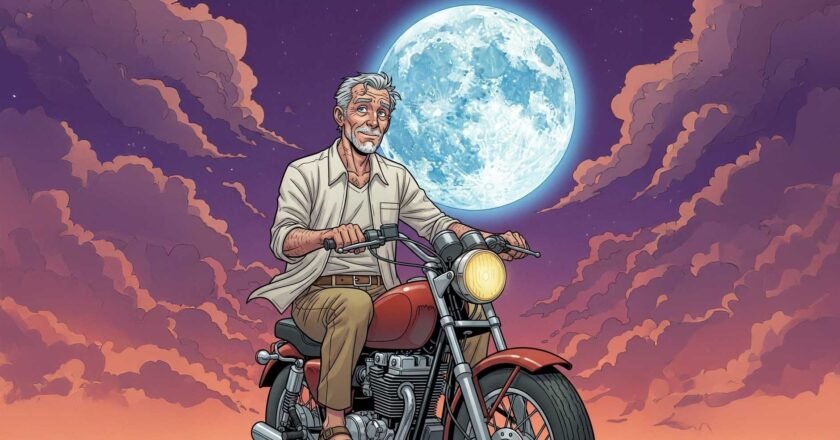
I’ve written before about losing places I love in Ensenada ……restaurants, food carts, folk-art shops, rustic furniture stores, cantinas, book …

What Mexico Has Taught Me: Pure Horror!!! I’m on a short leash. I’m helping a friend who is in terrible …
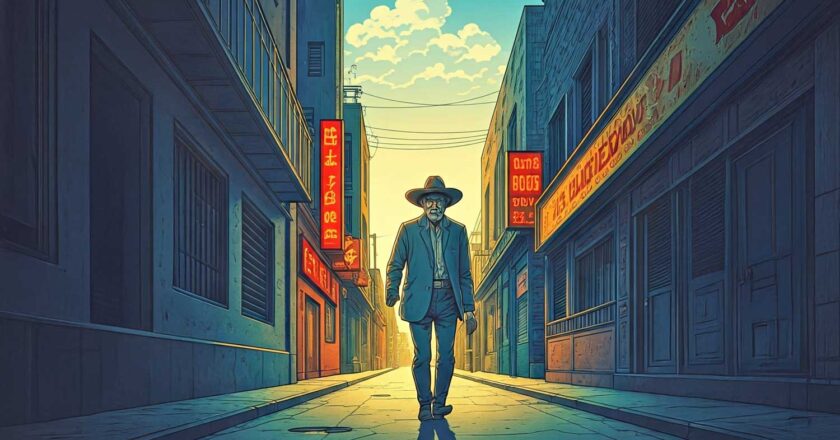
BY THE UNKNOWN GRINGO Erle Stanley Gardner wrote in one of his books on Baja, Hunting the Desert Whale, that …
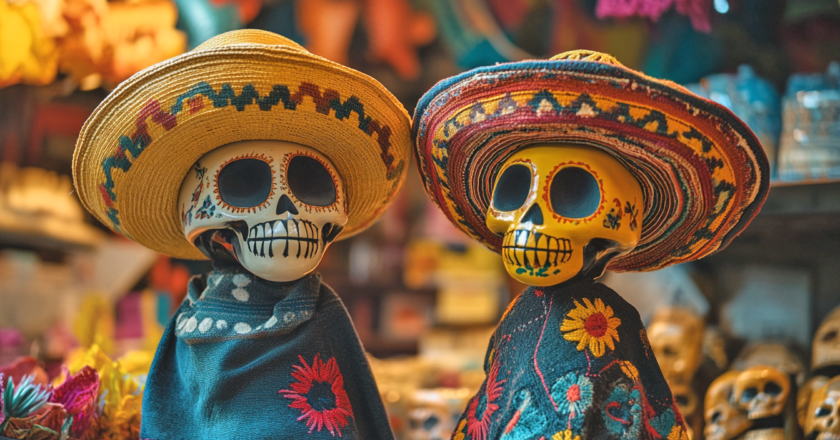
International Trade I’m a docent at the Autry Museum of the American West where I take kids on tours during …

Baja Sees Growth in Medical Tourism. Currently, 4.5 million visitors are seeking medical treatments in Baja California, with Ensenada seeing …
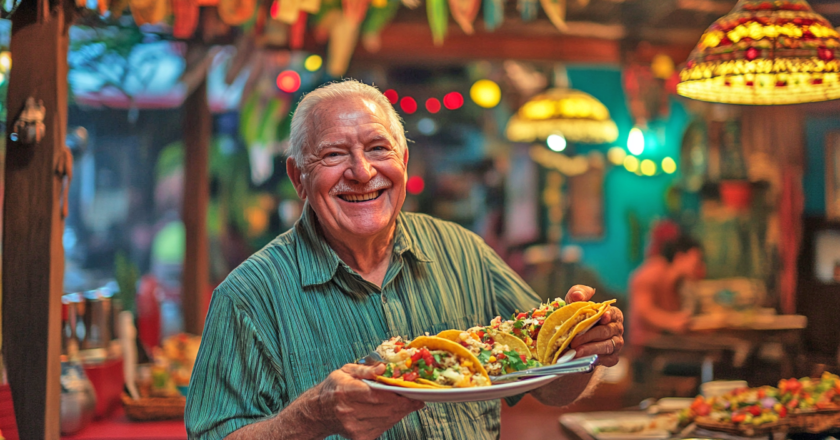
BY THE UNKNOWN GRINGO COMPARISON IS THE THIEF OF JOY Comparison is the thief of joy. You know who said …

Ensenada-San Diego Ferry Schedule Announced. Azteca Ferries has finally unveiled the travel schedules for the much-anticipated Ensenada to San Diego …
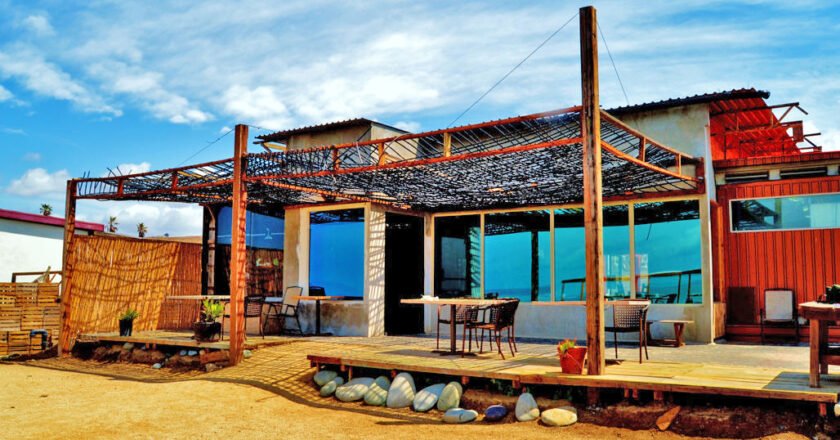
BY THE UNKNOWN GRINGO I Just Wanted Breakfast.I had noticed this place before. It was right next to a now …

BY THE UNKNOWN GRINGO Now What? For decades I wondered what I would do once I retired from being a …